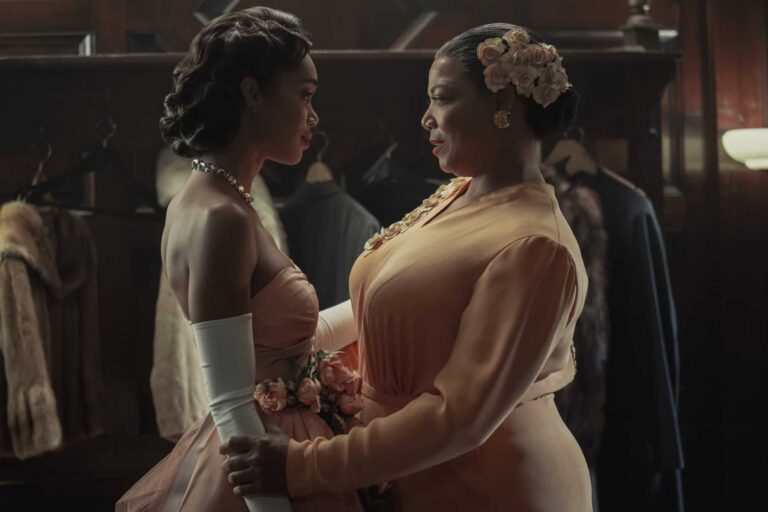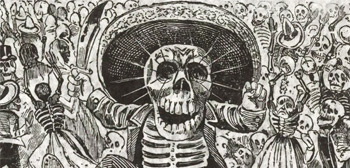Halloween 6: When the Iconic Horror Franchise Went the Full MCU
Joe Chappelle’s “Halloween: The Curse of Michael Myers” had the kind of deeply troubled production that made the behind-the-scenes drama more legendary than the film itself.
If John Carpenter’s game-changing 1978 original put a genre blueprint firmly in place, it also proved a class-act few have been able to match.

Following the independently made smash “Halloween” (1978), two profitable but (initially) unloved sequels, a major franchise comeback with “Halloween 4: The Return of Michael Myers” (1988), the franchise nearly shut down for good a second time.
If the confounding “Halloween III: Season of the Witch” put off fans for going too far in a different direction, the polarizing “Halloween 5: The Revenge of Michael Myers” (1989) nearly buried the unkillable killer Myers once and for all.
In 1995, with the successful, if disreputable, Dimension Films cranking out horror mini-hits (until “Scream” turned the micro-studio into one of the majors), the Weinstein brothers produced the first new “Halloween” film since the 1980s. Sporting franchise lead and genre favorite Donald Pleasance, an ambitious screenplay by Danial Farrands and a slick filmmaking style from Chappelle that aimed to appease a mid-’90s sensibility for young audiences, it looked like a franchise course-correction.
Specifically, the sixth “Halloween” wouldn’t just keep the series going and answer unanswered questions left over from, the second movie. It set up what movie studios today would unashamedly call a “universe.”
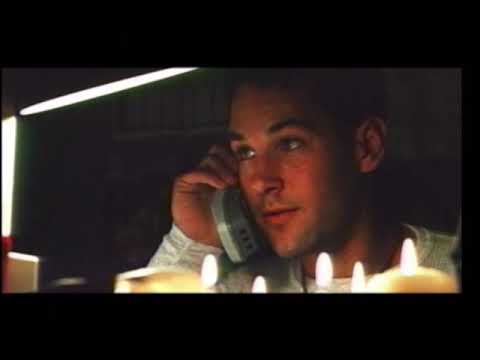
The story construction of “The Curse of Michael Myers” is intriguing today for the way it was mapping out future installments, connecting prior entries and building its established mythologies in a way comparable to the Marvel Cinematic Universe.
Coincidentally, Paul Rudd, “Ant-Man” himself, is the film’s star.
We open with the long-awaited answer to the question, What the Heck Happened at the End of “Halloween 5?”
Poor Jamie Lloyd has not only been re-cast but kidnapped by the mysterious Man in Black (whose identity is finally revealed in the third act). Jamie gives birth to a son, whose delivery is overseen by a cult that keeps mass murderer Michael Myers under their control (it’s the first of many ludicrous plot developments).
Jamie escapes and manages to call attention to both Dr. Loomis (Pleasance) and a now-grown Tommy Doyle (Rudd, billed as Paul Stephen Rudd), both survivors of Myer’s initial killing spree in 1978.
We also meet Kara Strode (played by Marianne Hagan), a cousin to Jamie Lee Curtis’ Laurie Strode (the character took a vacation from this entry) and Dr. Terrence Wyn (Mitchell Ryan), Loomis’ closest friend and administrator of Smith’s Grove, the sanitarium where much of this takes place.
RELATED: This ‘Halloween’ Makes Michael Myers Mortal
The opening line is, “Michael, please don’t hurt me,” which about sums up what “Halloween” fans were feeling at the moment. The baby-in-peril angle was a major mistake and works as well here as it did in the ill-conceived “Jason Goes to Hell: The Final Friday” just two year earlier.
Pleasance’s intro line, which he recites while looking cheekily right into the camera, is “I’m not dead, just very much retired.” His performance overall is an extension of that moment: in his final film, Pleasance was always a welcome presence, but this is not his finest hour.
Hagan, in her one big film role, is quite good. This should have led to further roles. Also faring much better than the screenplay is J.C. Brandy, as Jamie Lloyd, the character played by Danielle Harris in the prior two installments.
FAST FACT: 1995’s “Halloween: The Curse of Michael Myers” made an anemic $15 million at the U.S. box office, a marginal boost from the $11 million its predecessor earned.
Rudd, in his film debut (he made this before “Clueless,” though that film was released first), leaves the strongest impression. While green as a film actor (some of his choices to come across as menacing don’t fully come off), he’s still really good in this.
In playing a traumatized young man who is clearly intelligent but quite odd, Rudd is commanding in a part that only needed him to play “weird.” Rudd’s dialog is mostly expository (as is everyone else’s) but, as with Pleasance, he’s always better here than the material.
Veteran character actor Ryan is solid as Dr. Wynn, Loomis’ best friend and colleague.
Character actress Kim Darby, celebrated for her breakout role in the 1971 “True Grit,” plays Kara’s mother; her death scene, involving a wall of laundry, is awful (though it almost pays off later, as it suggests that Myers somehow knows how to operate a washing machine. Who knew?).
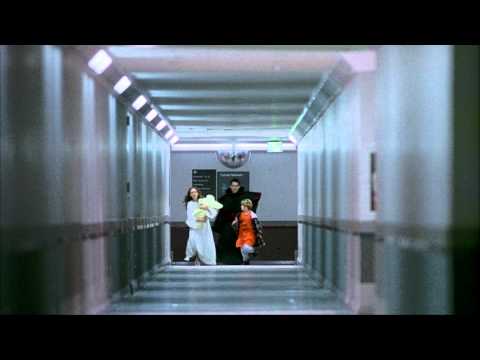
If anything distinguishes “Halloween: The Curse of Michael Myers” cinematically, it’s the “EXTREME,” in-your-face editing and sound design. The hyperkinetic editing (complete with a flurry of shots from scenes that haven’t taken place yet, filtered in sickly light blue) doesn’t draw us in and is, instead, completely off-putting.
Likewise, in the ear-splitting department, some edits are interspersed with the repeated sound of a knife leaving its sheath and/or screaming.
There’s also an electric guitar score that, post-Seattle grunge rock, might have seemed like a good idea but is also punishing to listen to; Carpenter’s score rendered by a whining guitar riff is akin to hearing it as Muzak on an escalator at the mall — amusing but agonizing.
The filmmakers went all-in on the midrange rock hit, “Fools Shine On,” the Alice in Chains soundalike tune that plays twice in the film; it’s the only musical element here that works.
The telling of the Halloween story, with a slo-mo shot of Tommy walking amidst trick-or-treaters, intercut with the creepy narration from the head of Tommy’s boarding house, is a nice touch.
There’s also a slick moment where Tommy startles young boy, who drops a pumpkin on the sidewalk, causing it to shatter; it’s a clever, full-circle nod to the moment in the 1978 original where little Tommy does the same thing.
The violence is at the levels of the second and third installments — graphic and in-your-face. Carpenter’s Hitchcockian levels of suggestion are gone in favor of appeasing the Fangoria subscribers.
When “Halloween: The Cure of Michael Myers” premiered Sept. 29, 1995, it opened well, especially considering it went up against the second week of David Fincher’s landmark “Seven.” However, word of mouth kicked in and, of all indignities, the sixth “Halloween” didn’t even last in theaters long enough to play on Halloween.
The ongoing adoration for this franchise keeps Myers and gang alive and well (after all, we’re getting “Halloween Kills” in time for October 2021 and another entry the following year!).
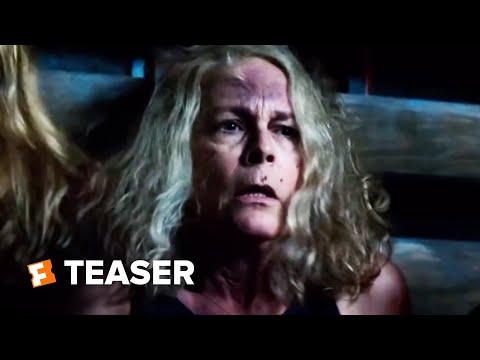
Yet, more so than finding a following with subsequent video rentals, the sixth (and far from last) “Halloween” found its greatest source of devotion and study in its online, bootleg and later commercial release of a Producer’s Cut, which is a strikingly different and, let it be said, superior version than the Theatrical Cut.
To watch the two versions back-to-back, the outcome is mostly the same: it’s a fascinating failure, as the differences between the two versions come from the choices made in the editing and soundtrack. With the Producer’s Cut, there’s less audio and visual vomit. Carpenter’s score, as minimalist as it is, always works. As adapted by Alan Howarth, Carpenter’s timeless, subtle work is a welcome contrast to the banging and clanging “music” in the Theatrical Cut.
The Producer’s Cut has brief opening narration from Pleasance, while the Theatrical Cut opens with narration from Rudd. I much preferred Rudd’s take on the text, as it fits the mood and establishes that his character is the actual protagonist
There are major problems still intact at the screenplay level, specifically the decision of a baby’s safety being the center of the plot.
There’s also Kara’s younger brother, Danny (well played by Devin Gardner). He hears voices from either Myers or The Man in Black, a dopey plot device that never properly builds. Neither does the suggestion that Danny will eventually wind up a Bad Seed, as Jamie was at the end of the fourth installment (a horrifying reveal that was dropped altogether for the fifth film).
Perhaps the worst touch is the inclusion in both versions of Barry Simms, a Howard Stern-esque “shock” radio DJ who, absurdly, has a huge following in the tiny haven of Haddonfeld. Simms, who comes off more like Denis Leary in his MTV heyday than Stern, is a bad idea on par with the “Dangertainment” angle of “Halloween: Resurrection,” the ultimate franchise low point.
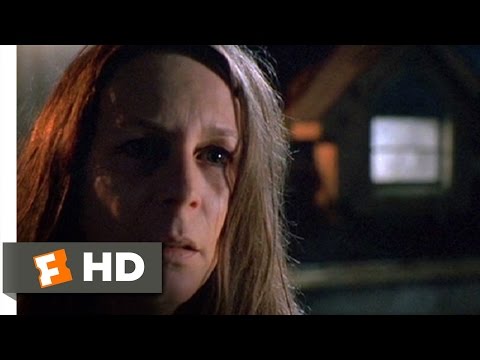
Attempts at pre-“Scream” relevance and reflection are embarrassing, like a line where we hear a Simms caller reference gays in the military and Lorena Bobbit. Being topical has never worked for this franchise (just look at the “Blair Witch”-influenced “Halloween: Resurrection” for further proof).
I appreciate the exclusion of Jamie’s disgusting death-by-farm-equipment from the Theatrical cut, replaced by a quiet, shocking reveal for the Producer’s Cut.
The final act is wild and goes all-in with the supernatural angle, with use of runes and the druid symbol of The Thorn. No other entry has ever bothered to properly explain Myer’s ability to never die (by this movie, he has survived dozens of stabbings, shootings, at least two eye piercings and bursts of flame), as well as his uncanny skill at catching teens fleeing on foot or in a car by simply walking slowly, and driving like a stuntman.
Make no mistake, the supernatural stuff in the third act is ludicrous, but it also helps give context to why Myers, aka, The Shape, cannot die and has the stamina of a zombie on Red Bull. If nothing else, this offers the once-in-a-lifetime opportunity to hear Rudd utter, “It worked, the power of the runes stopped him!”
The final scene in the theatrical cut was open-ended, abrupt and unsatisfying, an anticlimax to a headache of a movie I was happy to see conclude. In the Producer’s Cut, the closing moment is so peculiar, refreshingly weird and bold, it satisfies just by being so out-of-nowhere mystifying.
To be sure, “Halloween: The Curse of Michael Myers” is a compromised, messy and terminally inconsistent entry in the series, no matter which version you view. However, the film school and cinephile appeal of comparing two similar-but-different movies compiled from the same assemblage of footage has rarely provided a comparison study this intriguing.
The creative choices that harm the film are in full view, but so are the ones that work. Had this movie taken off (say, as much as “Halloween: H20” or the massive hit of David Gordon Green’s recent “Halloween” reboot), this series could have proceeded in some pretty wild, expansive ways.
Who knows? Maybe Rudd would be best known not for playing the tiniest superhero in the MCU but for embodying the brooding crusader who fought Michael Myers.
The post Halloween 6: When the Iconic Horror Franchise Went the Full MCU appeared first on Hollywood in Toto.
